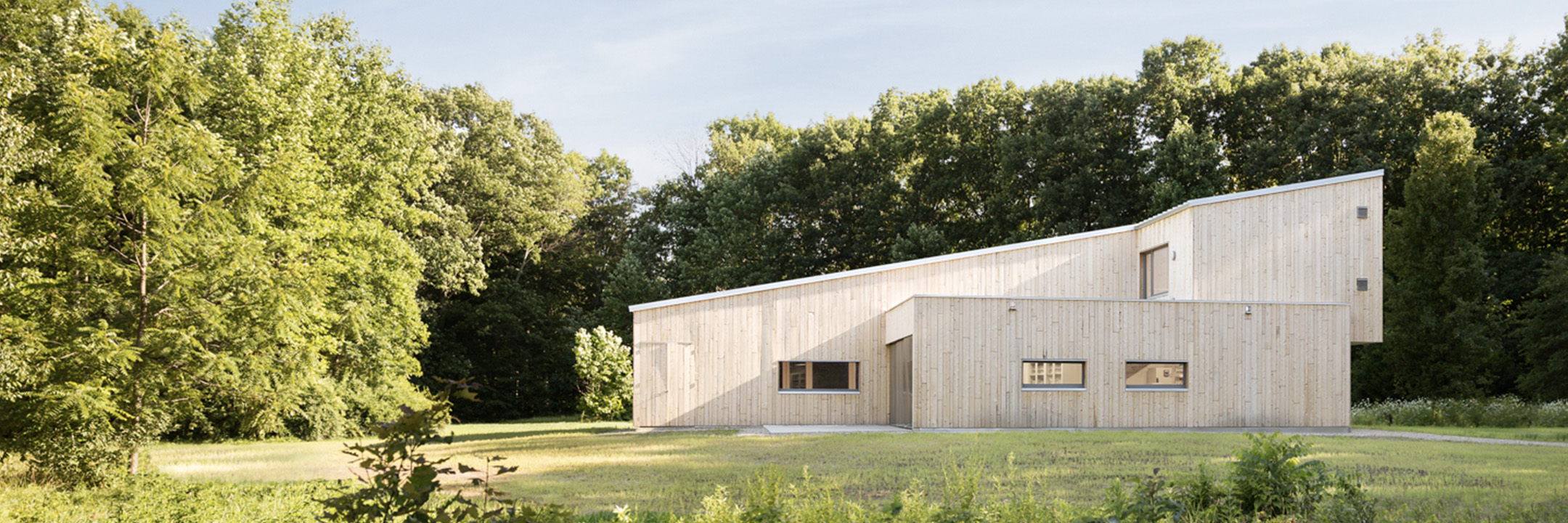Passive House
The 10X Building Performance Opportunity
Buildings account for nearly 40 percent of global energy use, and for an equivalent amount of carbon emissions worldwide. At OPAL, we understand that stemming climate change will require a massive reduction in the energy consumed by the buildings we design and construct.

Standard construction practices have improved energy efficiency in recent years, but we need to pick up the pace. World population is on track to grow from 7 billion today to 9 billion in 2050—all of us sharing the same finite resources, most living and working in buildings, and everyone wanting to be comfortable. To accomplish that while addressing the climate crisis, we’ll need buildings that use dramatically less energy—or none at all. And because the buildings we create today will be in service long after 2050, we’ll have to start building that way now.

The good news is, we know how to do it.
At OPAL, we follow the Passive House approach: We create an airtight, blower-door-tested building shell superinsulated to R35 at the foundation, R50 at the walls, and R80 at the roof. We specify ultra-high performance windows and doors and locate them where they’ll collect free heat from the sun. And we install a heat-recovery ventilation system that delivers a constant flow of fresh air while capturing 80 percent of the heat in the air it exhausts to the outdoors. An OPAL building uses 20 percent of the energy consumed by a conventional code-compliant house, while providing a healthier, more comfortable living environment.
Passive House design allocates resources differently from conventional construction—investing more in the building shell and less in mechanical equipment—but it need not cost more up front, and it yields a positive return over the life of the building. A single-family home built this way can be heated on the coldest winter day with the equivalent of a hairdryer. That energy efficiency permits the use smaller, less expensive heating and cooling systems and delivers radically lower operating costs. The simplicity and cost-effectiveness of the Passive House approach has led to its rapidly accelerating adoption rate among U.S. architects and builders.

While Passive House principles underlie everything we do, we’re always looking for ways to improve on how we put them into practice. We pioneered factory prefabrication of Passive House building components—and entire buildings. We’ve developed and patented economical systems for building superinsulated foundations and wall assemblies. We import triple-glazed European windows that outperform any made in North America. We’re constantly refining our systems for low maintenance and durability, further reducing life-cycle costs.
The result is a building that performs at the highest level—predictably, dependably, and cost-effectively. Think of a full-size BMW that gets 200 miles per gallon. Add a small array of photovoltaic panels, and you have the equivalent of a Tesla that never needs recharging. Because operational energy use accounts for the largest proportion of a building’s lifetime carbon emissions—and because a building can easily last 100 years—applying this model today yields benefits that will compound far into the future. It is one of the most effective steps we can take to address the climate crisis, and it is entirely within our capability to do so.
OPAL has designed and built more than 112,000 square feet of building space with a variety of sustainability certifications that perform between five and ten times better than required by code. It’s the only way we build. Given everything we know, it’s the only way that makes sense.
